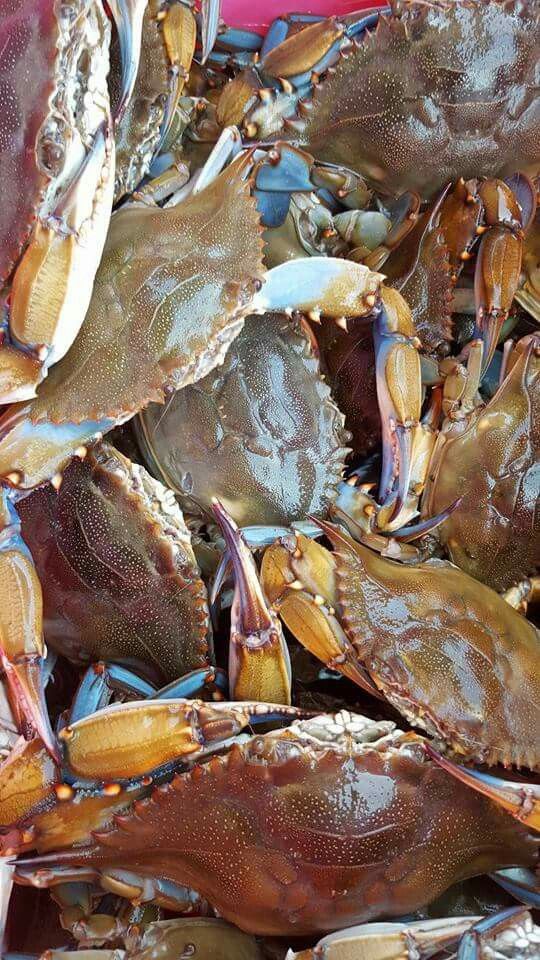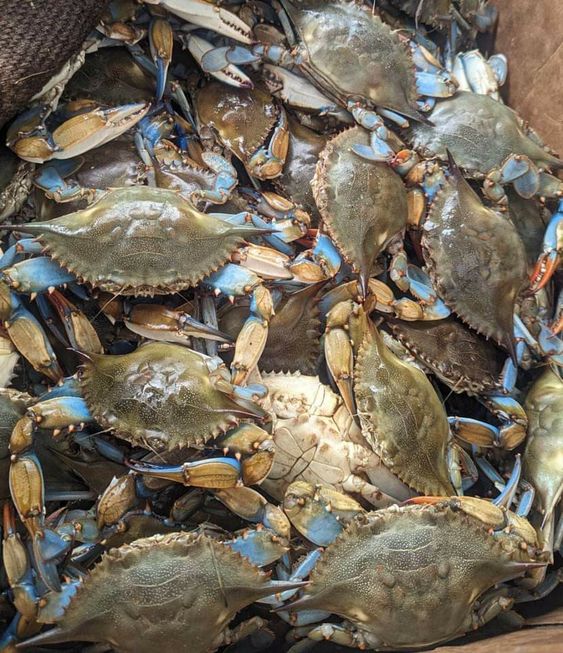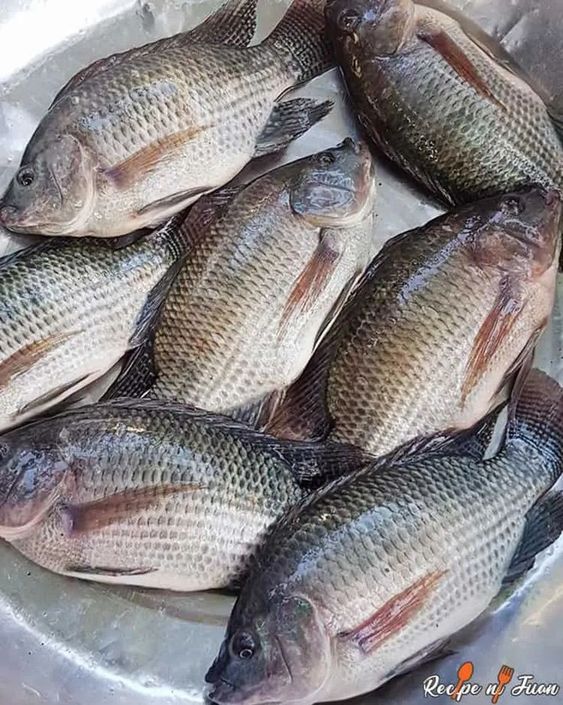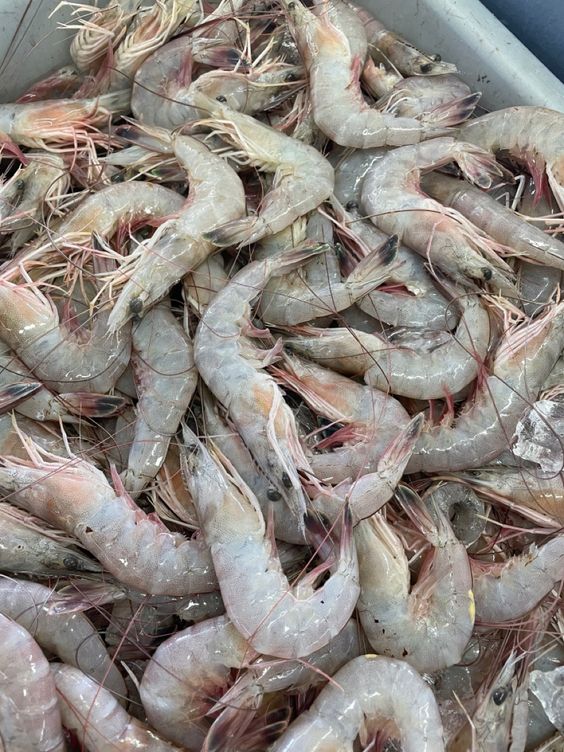Crab Processing: The Intricacies of Bringing Crab from Catch to Cuisine
Crab Processing, a delightful delicacy enjoyed worldwide, undergoes a meticulous journey from the seabed to our plates. This process ensures not only the safety and quality of the final product but also the efficient utilization of this valuable resource. Let’s delve into the fascinating world of crab processing, exploring each step in detail.
Contents
- 0.1 1. The Catch: From Ocean Depths to Processing Plants
- 0.2 2. Processing Begins: Stunning and Grading
- 0.3 3. Cooking for Perfection: Boiling and Steaming
- 1 Shelling and Picking: Separating Meat from Shell
- 2 Cleaning and Grading the Crab Meat:
- 3 Processing Variations: Beyond the Basics
- 4 Sustainability Considerations in Crab Processing
- 5 The Future of Crab Processing
1. The Catch: From Ocean Depths to Processing Plants
The harvesting methods for crabs vary depending on the species and regulations. Some common techniques include crab pots, baited traps lowered into the water, and dredge nets that scrape the seabed. Responsible fishing practices are crucial to ensure the sustainability of crab populations. Once caught, live crabs are transported quickly to processing facilities in chilled holding tanks or on ice to maintain freshness and quality.
2. Processing Begins: Stunning and Grading
Upon arrival at the processing plant, crabs undergo a stunning process to render them immobile and minimize suffering. This can involve chilling in a cold brine solution or spiking through the nerve center. Next, the crabs are graded based on size, species, and shell condition. This sorting ensures efficient processing by directing crabs to the appropriate processing lines and maximizing yield.
3. Cooking for Perfection: Boiling and Steaming
The most common cooking method for crabs is boiling in large vats of saltwater. The water temperature and boiling time are carefully controlled to ensure thorough cooking and optimal meat texture. Some processors opt for steaming, which preserves a slightly sweeter flavor profile. Regardless of the method, rapid and uniform cooking is essential to maintain the quality of the crab meat.
Shelling and Picking: Separating Meat from Shell
After cooking, the crabs are cooled to a safe handling temperature. Here, the processing methods diverge depending on the desired end product. For whole cooked crabs, the shells are simply brushed clean and packaged whole. However, for crab meat products, the delicate task of extracting the meat begins.
- Automated Processing: In large-scale operations, automated picking lines are employed. Here, conveyor belts transport the crabs through various stations where mechanical devices crack shells, separate legs, and remove the meat. While efficient, this method may result in a higher percentage of broken and shredded crab meat.
- Manual Picking: For premium quality crab meat, the process is often manual. Skilled workers meticulously remove the meat from the body cavity, claws, and legs, ensuring minimal damage and preserving the delicate texture.
Cleaning and Grading the Crab Meat:
The extracted crab meat undergoes a thorough cleaning process to remove any remaining shell fragments or impurities. This might involve washing, filtering, and inspection by hand or with automated sorting systems. The cleaned crab meat is then graded based on quality factors like color, texture, and presence of shell fragments. Higher grades fetch a premium price due to their superior appearance and eating experience.
Processing Variations: Beyond the Basics
While the core processing steps remain similar, variations exist depending on the intended use of the crab meat. Here are some additional processing techniques:
- Pasteurization: Crab meat intended for shelf-stable products undergoes pasteurization, a heat treatment that destroys harmful bacteria and extends shelf life.
- Seasoning and Flavoring: Crab meat for specific dishes or value-added products may be seasoned with salt, spices, or flavorings before packaging.
- Packing and Freezing: Finally, the processed crab meat is packaged in various forms, including whole legs, lump meat (large pieces), claw meat, or specialty cuts. These packs are then blast-frozen to preserve freshness and quality during storage and transportation.
Sustainability Considerations in Crab Processing
The crab processing industry recognizes the importance of sustainable fishing practices to ensure the continued availability of this valuable resource. Here are some key considerations:
- Regulations: Many countries enforce quotas and size limits on crab catches to prevent overfishing and protect crab populations.
- Bycatch Reduction: Responsible fishing practices minimize the accidental capture of non-target species, also known as bycatch.
- Habitat Protection: Measures are taken to minimize damage to the marine environment during harvesting.
The Future of Crab Processing
Crab Processing,Technological advancements are continuously shaping the crab processing industry. Automation is improving efficiency and consistency, while research explores innovative packaging and preservation methods to extend shelf life and reduce waste. Additionally, a focus on sustainable practices ensures the long-term viability of the crab fishery.
By understanding the intricacies of crab processing, we gain a deeper appreciation for the effort that goes into bringing this delicious seafood to our tables. With responsible practices and continuous improvement, the crab processing industry can continue to deliver high-quality crab meat while safeguarding the future of this valuable ocean resource.






